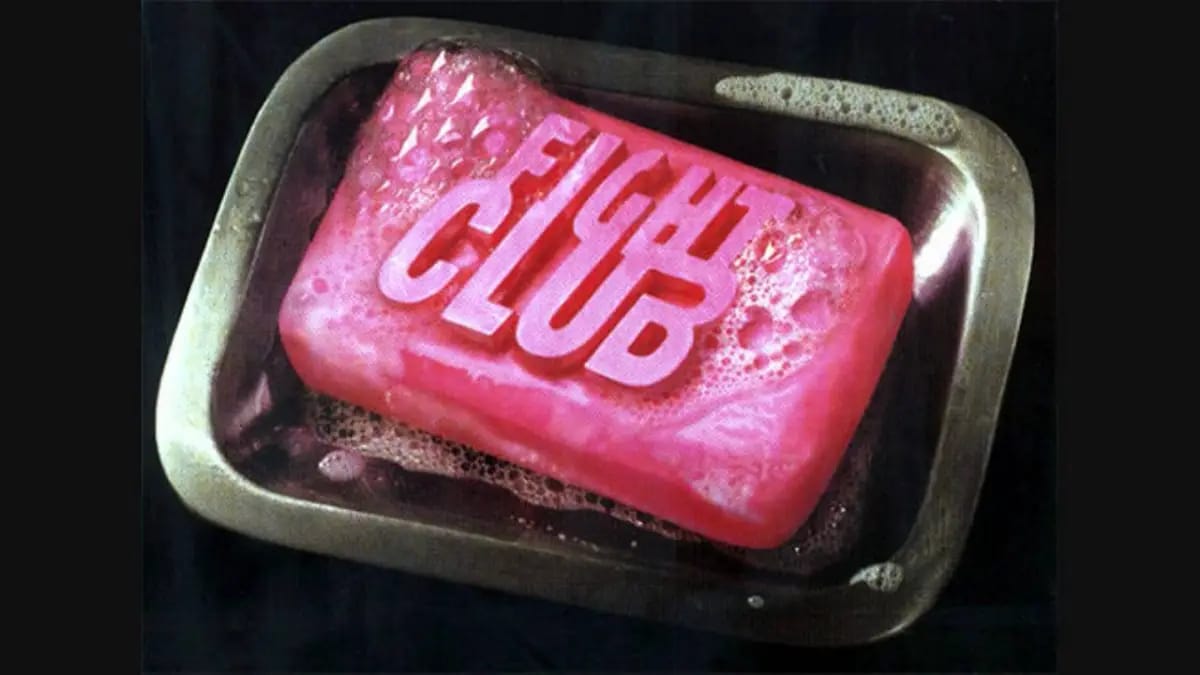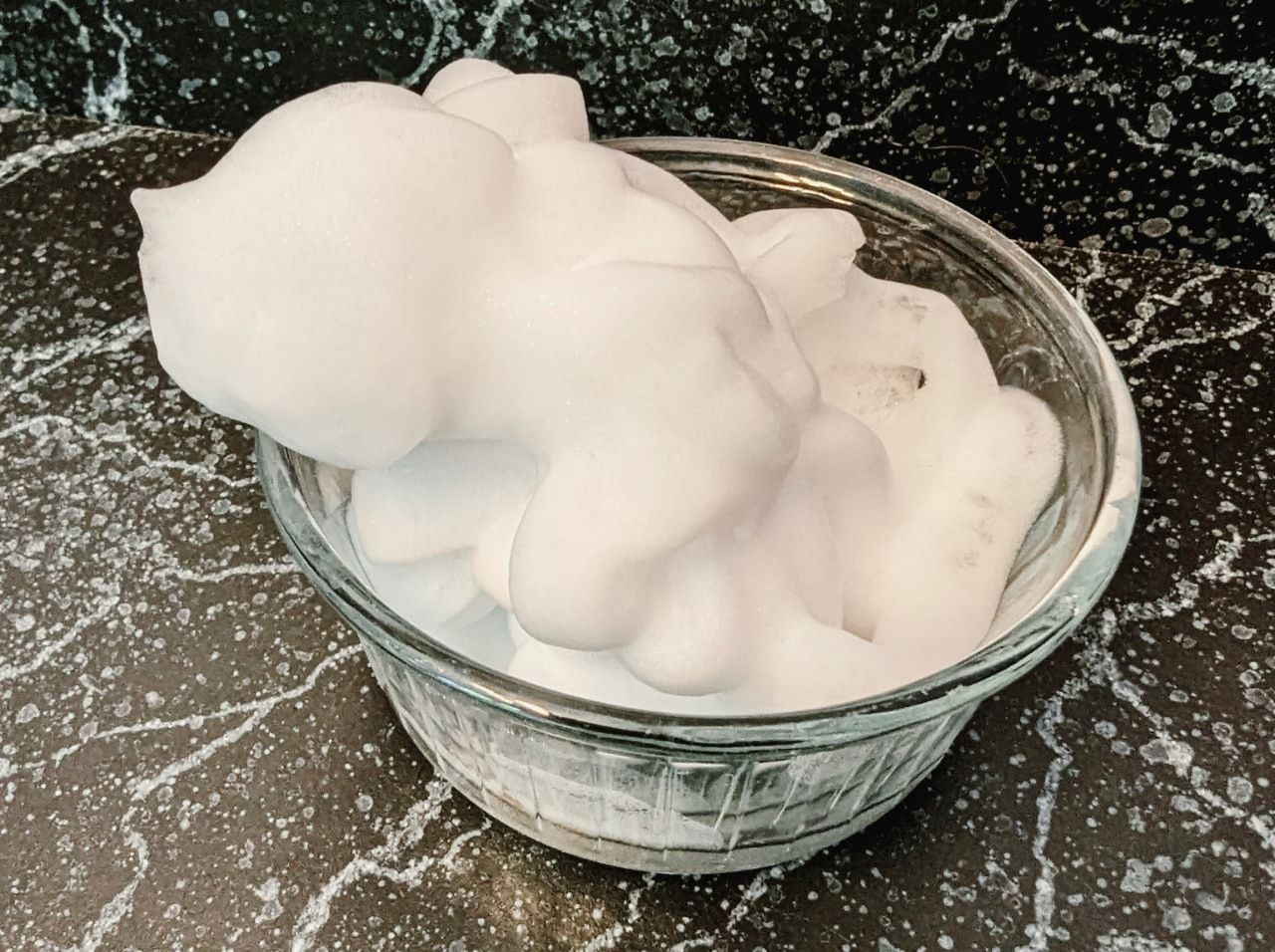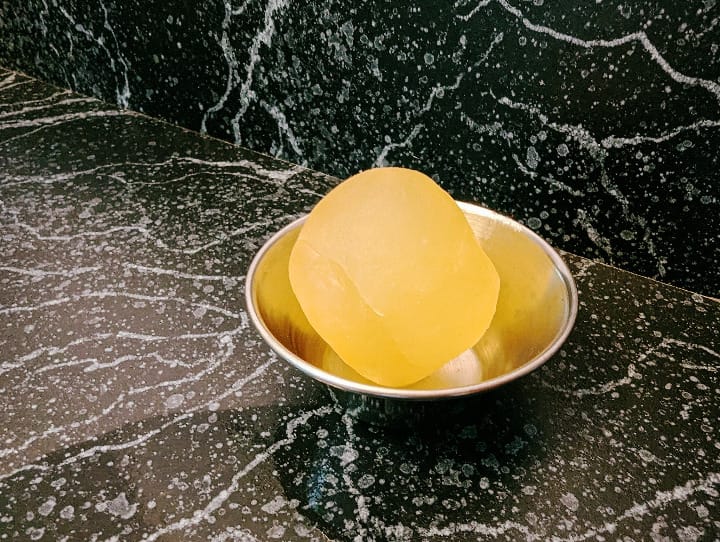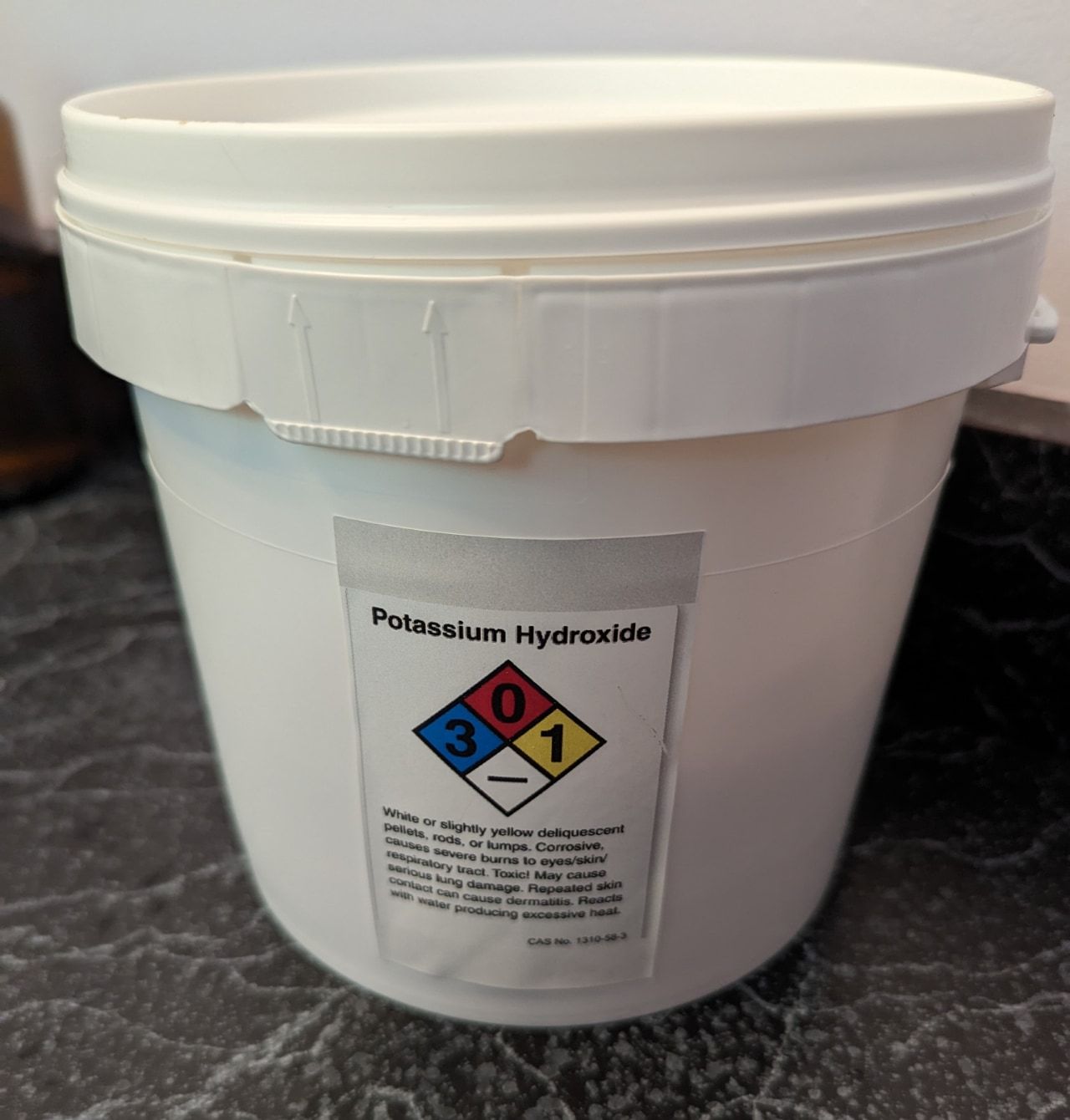For some people, the notion of handmade soap brings to mind patchouli-scented shops with New-Age music in the background, or quaint farmers markets. Me, it makes me think of Fight Club.

But that's not the kind of soap I've been making at home for the past three years. I've been making a Dr. Bronner-style soap: liquid Castile soap.
As Dr. Bronner is quick to tell you, liquid Castile soap is one of the most versatile things you could have around the house. It's great for anything from doing the dishes to washing your hands to using in the shower. Some people even shave with Castile soap.

While I enjoy "making," I never thought of myself as a crafter/soap maker. But this particular soap is really easy to make, and when you're done cooking it, you end up with a gel-like concentrate.

I then take this "soap gel" and dilute it with water (1 part gel to 3 or 4 parts water), and just let it sit in a glass jar for a few weeks. During this time, the soap completely dissolves into the water, and I end up with something that's about as concentrated as off-the-shelf Dr. Bronner.

Then I take a foaming soap dispenser, and fill it with around 70-80% water. I splash in some of this "second concentrate", and ta-da — excellent soap.
The magic ingredient here is a specific type of lye: KOH, also known as potassium hydroxide. This is not the same type of lye used for making bar soap. It's specifically for making liquid soap. It's still lye, though, so you want to be careful when working with it.

There are lots of recipes for liquid Castile soap online. The one I happen to use comes from a blog called "Oh The Things We'll Make," from 2017. It's got that special kind of lye, as well as coconut oil, olive oil, hemp oil, jojoba oil, and glycerin. If that sounds like a lot, you could also just use one kind of oil (coconut oil for example) which simplifies things. And these ingredients are all quite long-lasting, especially when you keep them somewhere cool and dark.
The actual process of making the soap is similar to cooking. It takes me about 10 minutes of work and two-three hours of occasional stirring to cook up a two-liter batch. That amount of gel lasts us about 18 months, sometimes up to two years. And we use a lot of the stuff, too — it's just an incredibly economical way to keep yourself in soap. Not to mention, you also get to control exactly what goes into it and how concentrated it is. Another benefit is that we no longer have to buy soap in plastic bottles — making my own really cuts down on waste.
The Surprise
Honestly, this whole soap thing is a bit of a surprise for me. How easy and cheap it is to make, what a good result I'm able to get, the fact that I don't need any specialized equipment to make it, and how long both the soap and the ingredients last.
The only thing that didn't surprise me is how useful and versatile liquid Castile soap is — thanks to copious amounts of marketing, I already knew that part. The good thing is that it's true.


